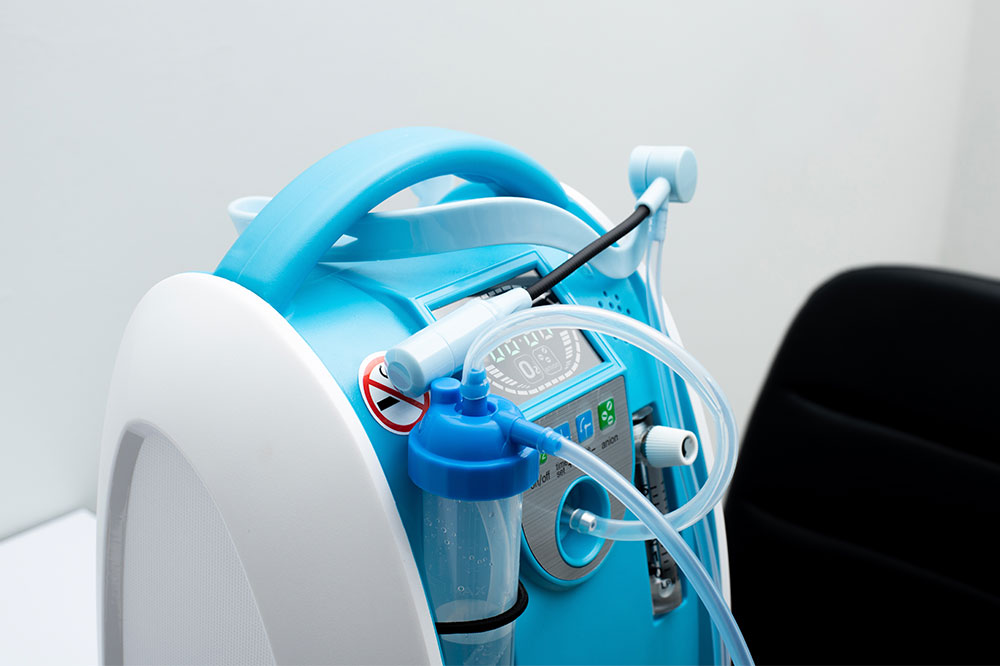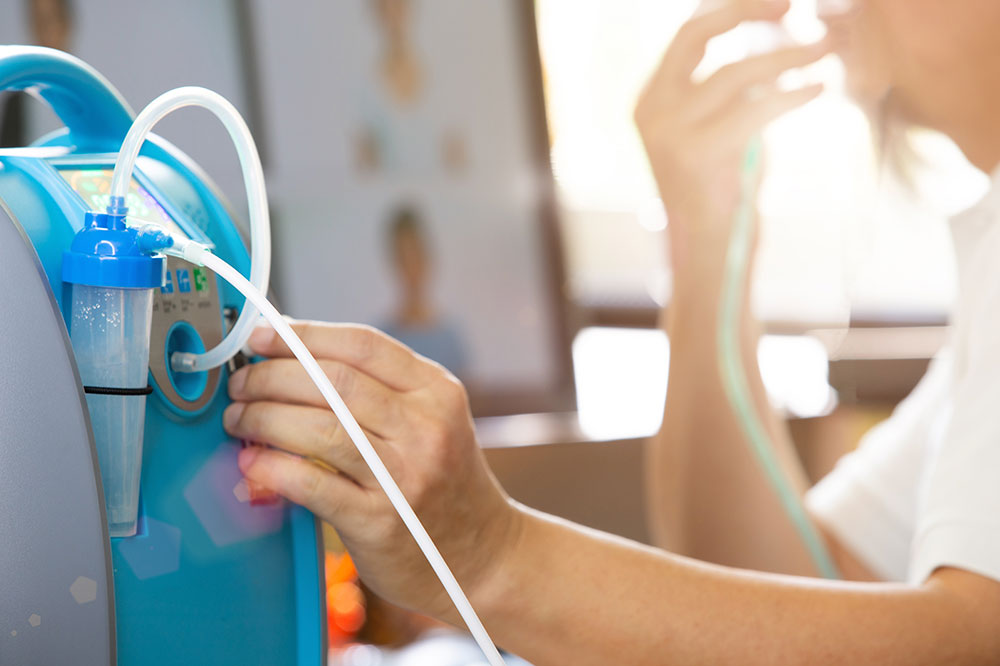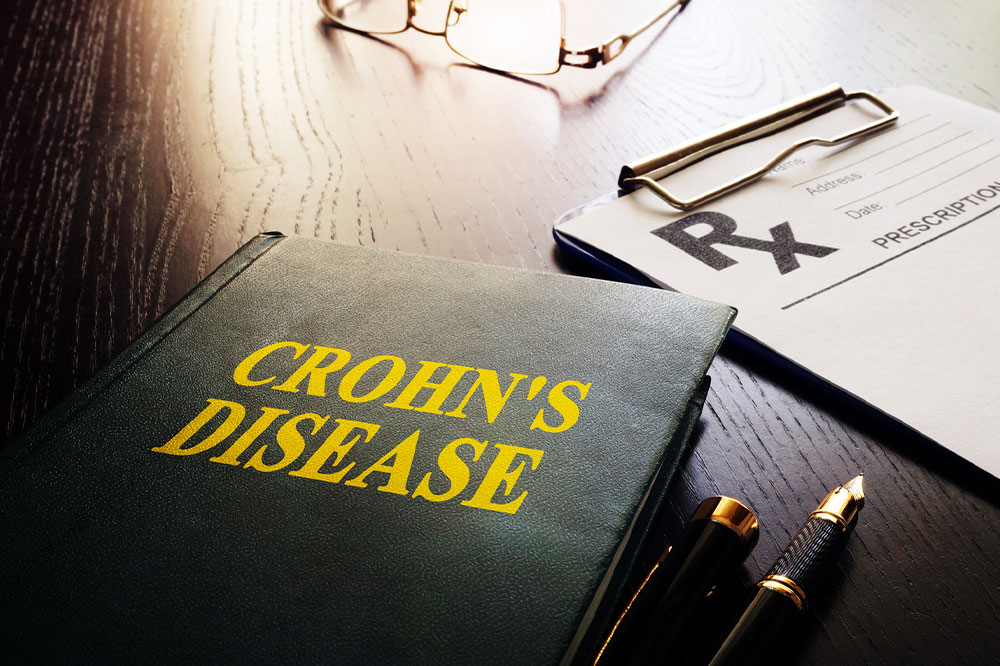Key Things to Know About Portable Oxygen Concentrators
A portable oxygen concentrator is an effective and compact solution for people affected by respiratory conditions. This medical device can help reduce the difficulty in breathing. The machine provides extra oxygen to the lungs, so it is usually prescribed when the oxygen levels in the blood drop way below what is considered normal. One should use oxygen concentrators after consulting an expert healthcare professional. Here is everything to know about the device: What is a portable oxygen concentrator? Portable oxygen concentrators are devices used by individuals who suffer from any type of respiratory condition or disorder. These machines help provide supplemental oxygen, making breathing easy for the individual. Portable concentrators are unlike traditional oxygen tanks as they offer more flexibility, and they eradicate the problem of having limited access to oxygen. The compact size of these concentrators makes them portable and allows the individual to maintain their quality of life while continuing with their daily routine. Other than disease-related use, the machine can also be recommended for things like altitude acclimatization, breathlessness, headaches, and jet lag. How does it work? Typically, the air we breathe has a greater amount of nitrogen and small amounts of oxygen. If one’s lungs work well, this concentration is not a problem.
Read More 









